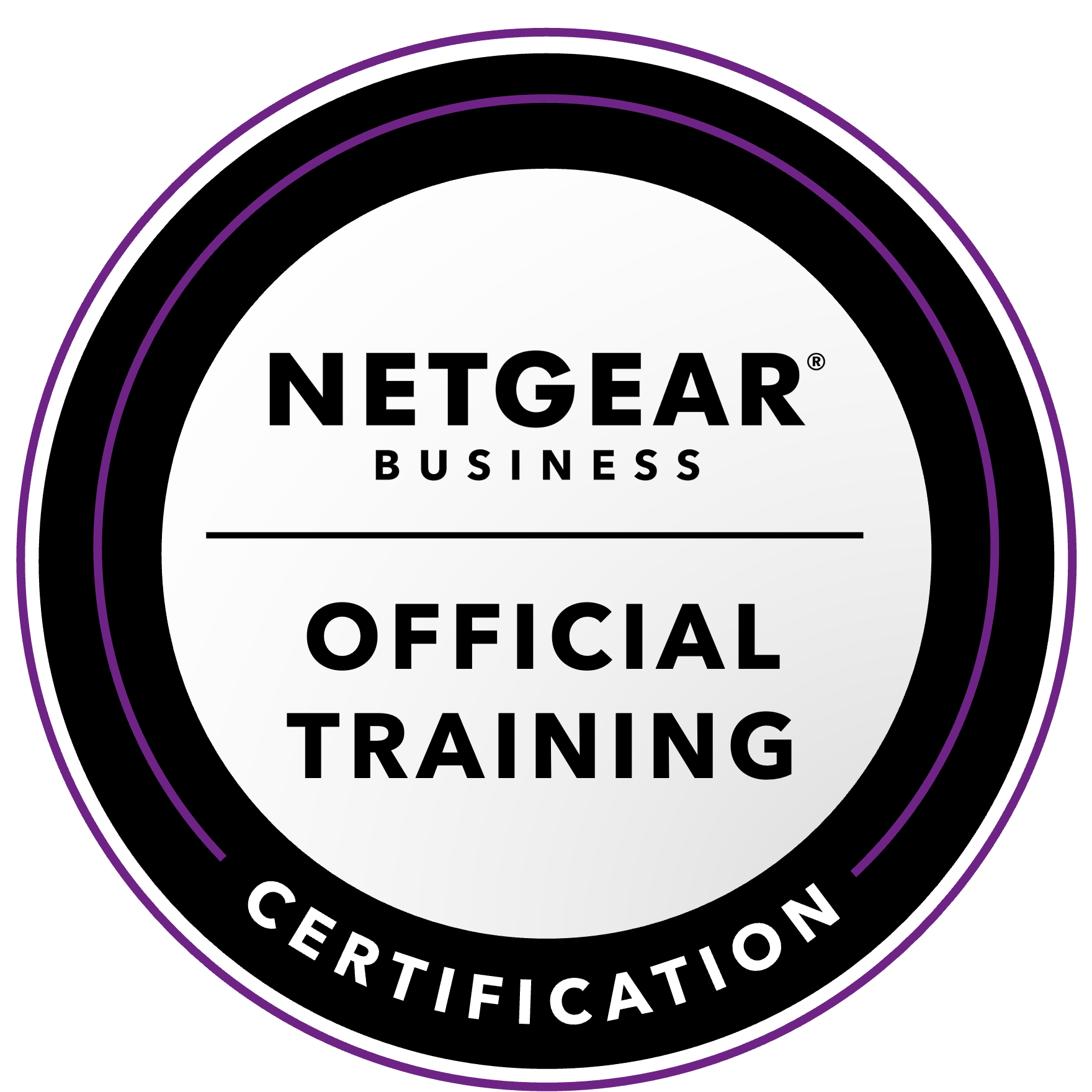NETGEAR is aware of a growing number of phone and online scams. To learn how to stay safe click here.
Forum Discussion
Mauser69
Dec 05, 2019Tutor
Format Drive for Vertical Expansion of X-RAID
I have a ReadyNAS 214 configured as X-RAID 5, with 2x3TB and 2x1.5TB. I want to upgrade the two 3TB drives to 8TB each, using shucked drives from WD Elements external cases. I have run the full WD Advanced Diagnostics test on these drives while still in the original Elements USB case, so I assume they need to be re-formed to use for expansion in my ReadyNAS.
Reading all the documentation, it sounds like I need to put a drive in the ReadyNAS and do a reset to defaults to force the reformat - had to believe that this is the only option. What is the EASIEST way to remove the current formatting on these drives so that they can be simply used for a vertical expand on my ReadyNAS?
Options I can think of would be to:
1. Delete all partitions on the drives connected with USB to my W10 machine, then just replace an existing 3TB and wait for the rebuild.
or
2. Connect the drives to a USB port on the ReadyNas and use the admin option to format it there, THEN replace an existing 3TB drive and wait for the rebuild.
Is either of these choices good, or is there a better way? Thanks
(BTW, before anyone asks, I want to use the old 3TB drives to expand a couple of TiVos, so that is why I am replacing them instead of the two 1.5TB drives.}
Mauser69 wrote:
I have a ReadyNAS 214 configured as X-RAID 5, with 2x3TB and 2x1.5TB. I want to upgrade the two 3TB drives to 8TB each, using shucked drives from WD Elements external cases.
Reading all the documentation, it sounds like I need to put a drive in the ReadyNAS and do a reset to defaults to force the reformat
If you want 2x8 + 2x1.5, then there is no need to do a factory default. The default would destroy all your data btw.
You hot-swap one of the drives. If it is formatted, you'll need to select the disk and format it on the NAS web ui's volume page. It should then sync automatically. When the sync is finished, do the same thing with the second drive. You'll end up with an 11 TB (10 TiB) volume.
There are two easy ways to remove the partitions if you want to avoid the format step.
- WDC's Lifeguard utility has a erase test, which has a "quick erase" option. That will remove all the partitions in a few seconds.
- You can use Windows Disk Manager to delete all the partitions.
Both return the drive to an unformatted state, so the NAS will immediately begin syncing the new disk when you do the hot swap.
Your data is more vulnerable to loss during a resync, since the array isn't protected. So it is good to update your backup before you do this upgrade.
5 Replies
Replies have been turned off for this discussion
- StephenBGuru - Experienced User
Mauser69 wrote:
I have a ReadyNAS 214 configured as X-RAID 5, with 2x3TB and 2x1.5TB. I want to upgrade the two 3TB drives to 8TB each, using shucked drives from WD Elements external cases.
Reading all the documentation, it sounds like I need to put a drive in the ReadyNAS and do a reset to defaults to force the reformat
If you want 2x8 + 2x1.5, then there is no need to do a factory default. The default would destroy all your data btw.
You hot-swap one of the drives. If it is formatted, you'll need to select the disk and format it on the NAS web ui's volume page. It should then sync automatically. When the sync is finished, do the same thing with the second drive. You'll end up with an 11 TB (10 TiB) volume.
There are two easy ways to remove the partitions if you want to avoid the format step.
- WDC's Lifeguard utility has a erase test, which has a "quick erase" option. That will remove all the partitions in a few seconds.
- You can use Windows Disk Manager to delete all the partitions.
Both return the drive to an unformatted state, so the NAS will immediately begin syncing the new disk when you do the hot swap.
Your data is more vulnerable to loss during a resync, since the array isn't protected. So it is good to update your backup before you do this upgrade.
- Mauser69Tutor
Thank you very much for your reply. This is exactly how I suspected it SHOULD work, but I can find nothing at all in the ReadyNAS sofware or hardware manuals that says this. One more question please:
The format options in Admin include several different types - a few are obvious, but I have no idea what EXT3, EXT4, or BTRFF would be. What is the correct format type to add a drive for X-RAID?
- SandsharkSensei
Those options are only there for external drives. Once you install the drive internally, there is only one FORMAT button on the right side of the System/Volumes page. It's disabled for any drive that's part of an active array, but will work on your newly installed one.
- Mauser69Tutor
Success. I thought I would finish up by documenting exactly what I did and saw in this process. I know this is pretty elementary, but maybe it will help if someone else comes to this thread looking for a little more understanding and assurance.
I started with two brand new WD Elements 8TB drives. Both contained WD White drives, model WD80EMAZ, manufactured in Oct 2019. I first connected each drive to a W10 machine and ran the extended diagnostics with WD Data Lifeguard utility; then, since I was already using that tool, I just did a quick erase on each drive. The extended diagnostics took about 12 hours on each drive.
I hot-swapped the first drive for one of the existing 3TB drives. The RAID volume immediately went to "degraded" and started rebuilding with the new 8TB drive. That took about 12 hours and completed without problems. As expected, the RAID volume size was not increased with the change of just one drive.
I hot-swapped the second drive for the other existing 3TB drive. Again the RAID volume went to "degraded" and began rebuilding using the new drive. This process also took about 12 hours, and immediately following the rebuild, the volume started a Resync that lasted over 15 hours. After the rebuild of the second drive, the RAID volume size was increased to 9.99 TB.
Durring this whole process, I saw no errors and the data remained available. The only surprise at all was that after the swap of the second drive, the messages in the log on the Admin page (and emails it sent out) were not exactly the same as what the front display showed on the NAS box. For example, 4 hours after the second drive started rebuilding, the log shows the message "Volume: Volume data is Degraded." again, but the box was still showing an active rebuild process about 35% complete. The long Resync that started after the volume status was changed back to Redundant was not even recorded in the log. Since there were no errors or problems noted of any kind, I do not consider this mis-match of log messages to displayed status a problem - just noting it here because I saw it.
In the end, this was a simple and painless process. The WD White drives worked fine in the ReadyNAS 214 without needing to do anything to deal with the "pin 3" issue that affects some older devices with these drives. Thank you to all for your help!
- StephenBGuru - Experienced User
Mauser69 wrote:
The only surprise at all was that after the swap of the second drive, the messages in the log on the Admin page (and emails it sent out) were not exactly the same as what the front display showed on the NAS box. For example, 4 hours after the second drive started rebuilding, the log shows the message "Volume: Volume data is Degraded." again, but the box was still showing an active rebuild process about 35% complete. The long Resync that started after the volume status was changed back to Redundant was not even recorded in the log. Since there were no errors or problems noted of any kind, I do not consider this mis-match of log messages to displayed status a problem - just noting it here because I saw it.
Your original system setup (2x3 TB + 2x1.5 TB) had two RAID groups concatenated into a single volume. The first group was 4x1.5 TB RAID-5; the second was 2x1.5 TB RAID-1 that used the remaining space on the 3 TB drives.
When you replaced the first drive, those two RAID groups were rebuilt, and the 5 TB of remaining space on the new 8 TB drive was unused.
When you replaced the second drive, the two RAID groups were rebuilt again. At that point the volume briefly became redundant. But right after that, the system built a third 2x5 TB RAID-1 group that was also concatenated to form the expanded volume. During that final stage, the new RAID group was degraded.
Normally the log would have showed when the volume became redundant at the end of the process - you could download the log zip file, and look for it. Look in system.log and kernel.log. There should also be some history at the bottom of volume.log.
Related Content
- Sep 06, 2016Retired_Member
NETGEAR Academy

Boost your skills with the Netgear Academy - Get trained, certified and stay ahead with the latest Netgear technology!
Join Us!
